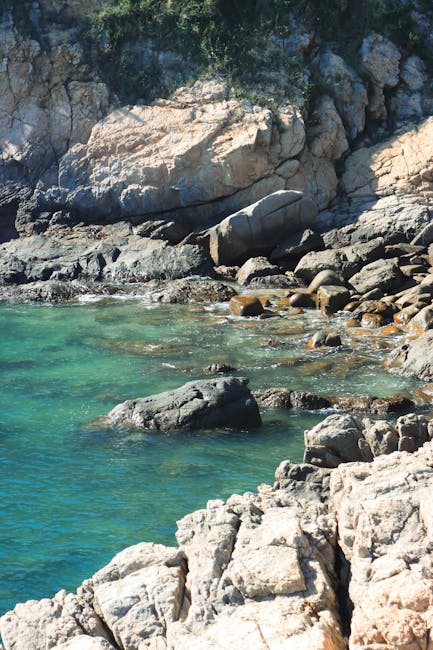How Tourism Affects Marine Ecosystems
Tourism has long been a double-edged sword for marine ecosystems. While it brings economic benefits to coastal communities and fosters appreciation for the ocean’s beauty, the influx of visitors often leaves an indelible mark on fragile underwater habitats. From coral reefs to mangrove forests, the delicate balance of marine life is increasingly threatened by human activity. Understanding these impacts is crucial for developing sustainable tourism practices that protect our oceans for future generations.
The Fragile Beauty of Coral Reefs
Coral reefs, often called the “rainforests of the sea,” are among the most vulnerable ecosystems affected by tourism. Snorkelers and divers, eager to witness their vibrant colors and diverse marine life, sometimes unintentionally damage these slow-growing organisms. A single touch can break coral branches or introduce harmful bacteria, while sunscreen chemicals like oxybenzone contribute to coral bleaching. Boat anchors dragged across reefs crush entire colonies, leaving scars that may take decades to heal.
Coastal Development and Habitat Destruction
The demand for beachfront resorts and marinas has led to widespread coastal development, often at the expense of critical marine habitats. Mangroves, which serve as nurseries for fish and natural barriers against storms, are frequently cleared to make way for hotels and entertainment facilities. Similarly, seagrass beds—vital feeding grounds for sea turtles and dugongs—are damaged by dredging and pollution from construction runoff. This loss of habitat disrupts entire food chains, threatening both marine biodiversity and local fisheries.
Pollution: The Invisible Threat
Tourism generates staggering amounts of waste, much of which finds its way into the ocean. Plastic bottles, food packaging, and abandoned fishing gear accumulate in coastal waters, entangling marine animals or being mistaken for food. Cruise ships discharge untreated sewage and graywater, introducing harmful nutrients that fuel algal blooms. Even noise pollution from boat engines and water sports disturbs marine mammals like whales and dolphins, interfering with their communication and navigation.
The Path Toward Sustainable Tourism
Despite these challenges, responsible tourism can play a role in marine conservation. Eco-certified resorts, guided snorkeling tours with strict no-touch policies, and artificial reef installations help minimize harm while educating visitors. Marine protected areas (MPAs) restrict damaging activities, allowing ecosystems to recover. Travelers can make a difference by choosing eco-friendly operators, avoiding single-use plastics, and respecting wildlife viewing guidelines.
The future of marine ecosystems depends on striking a delicate balance—one where the wonder of tourism does not come at the cost of the ocean’s health. By embracing sustainability, we can ensure that the seas remain vibrant and teeming with life for generations to come.

